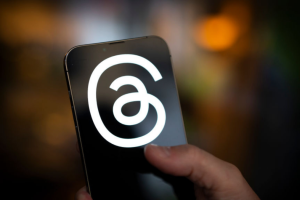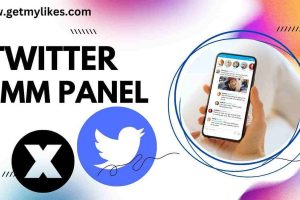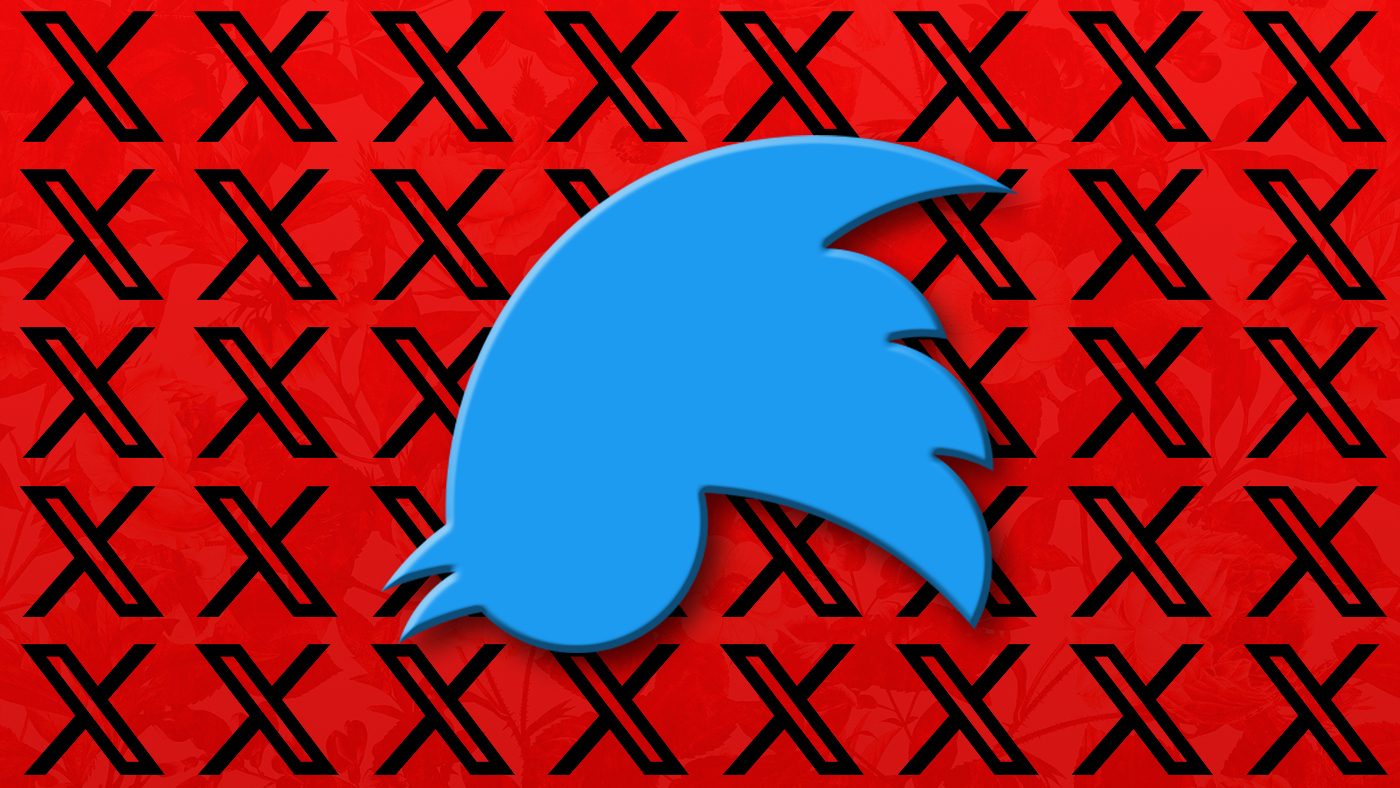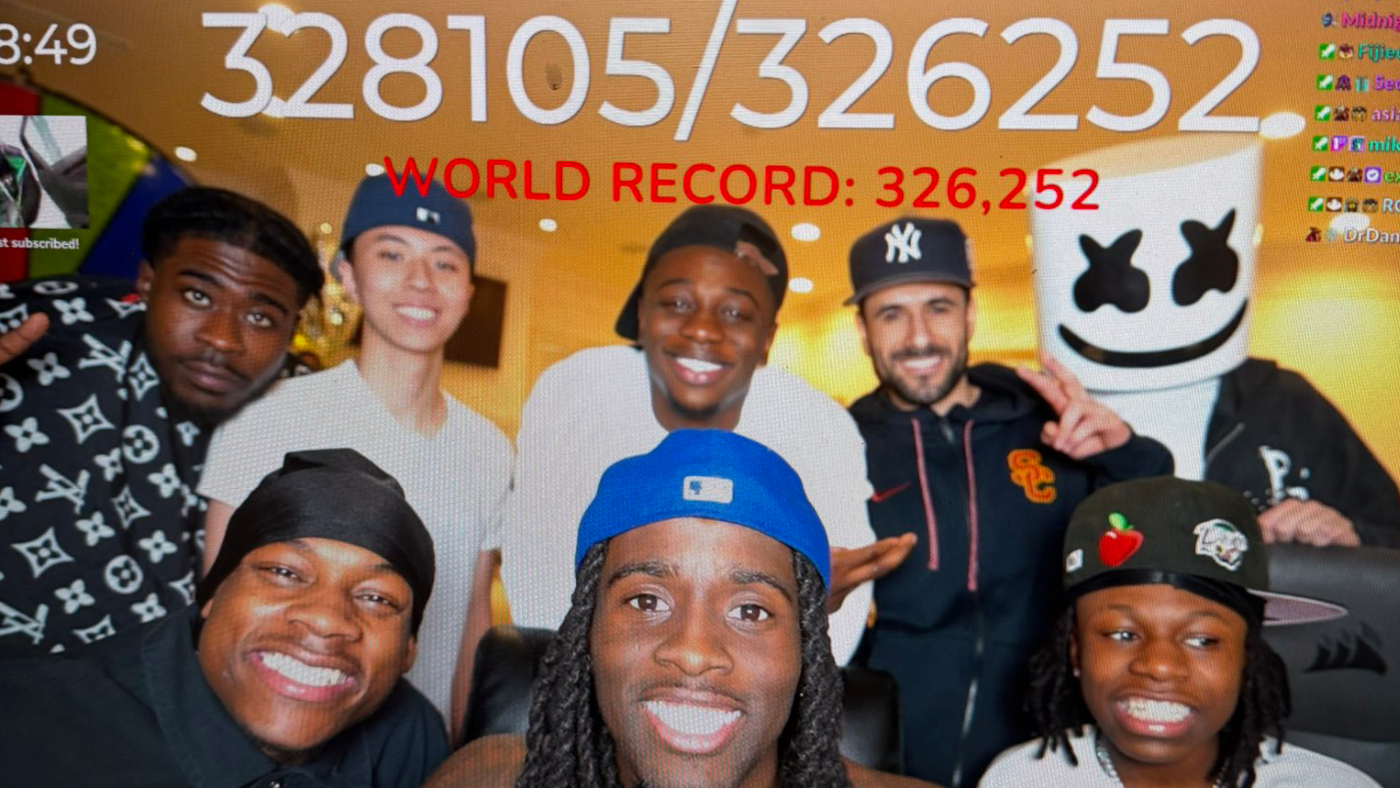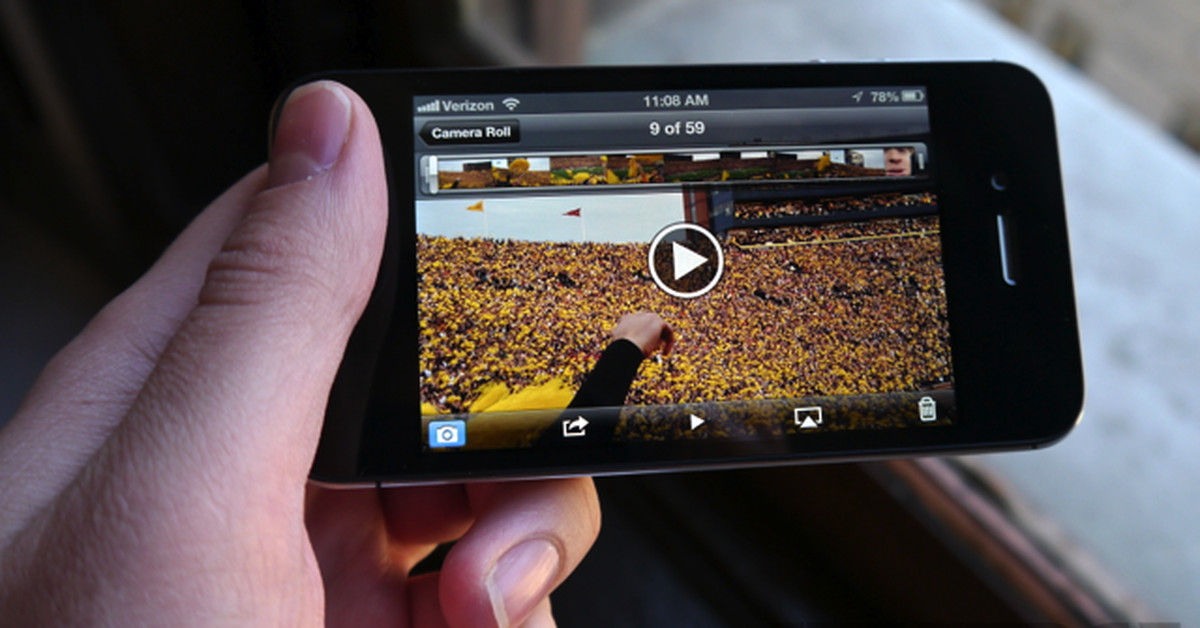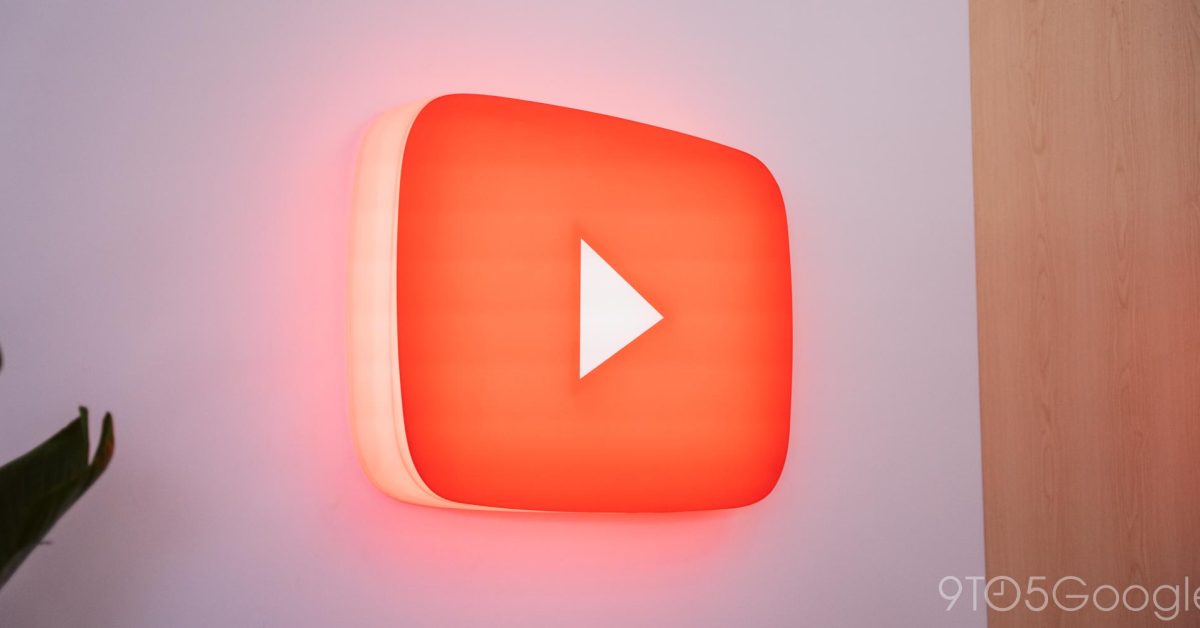In a nutshell
- Elon Musk’s erratic actions and the controversial changes he implemented after acquiring Twitter, now known as X, have led to a decline in user and creator confidence in the platform.
- The rebranding of Twitter to X and changes to the verification system have caused confusion and frustration.
- Despite its flaws, X/Twitter remains a significant platform for creators, but the problematic monetization program and erratic changes are driving the search for alternatives.
For almost all of 2023, one social media platform has dominated online conversations and debates worldwide. That website is Twitter, now known simply as X. Along with it, its new owner, Elon Musk, has also been subject to mass discussion. However, unlike what Musk probably hoped for, his acquisition of Twitter led to more backlash than love, leading to the question: Is Twitter dead?
Hitting the ground face forward
It’s no secret that Twitter has had a challenging year. The drama began even before Elon Musk’s official acquisition of the platform. Musk’s erratic proposal to purchase Twitter, initially touted as a move to promote ‘free speech,’ was quickly followed by a reversal of his decision. Eventually, he was compelled to proceed with the purchase due to contractual obligations. Throughout this process, Musk’s actions did little to inspire confidence. And this was just the start of it.
Here’s just a quick rundown of all the questionable decisions Elon Musk has made since taking over Twitter:
- Rebranding Twitter to X
- A restrictive monetization program
- Removing the previous verification system
Let’s take a closer look at all these decisions and how they ultimately affected the platform and creators.
How creators were affected
Blue checkmarks no longer matter
Previously, the one thing that separated creators from impersonators, fan accounts and scammers was the blue verification badge. This coveted symbol of ‘importance’ was once awarded only to those who fit certain criteria. Either they were widely known in the public eye or had a large enough online following to warrant this symbol of recognition. Since Elon Musk bought Twitter, however, this has changed. Musk introduced a monthly payment option for Twitter users, allowing anyone willing to pay to have the blue badge next to their name. This led to immediate issues for the platform as many fake accounts were created, imitating celebrities, companies, and even Elon Musk himself. Creators also found it difficult to let their viewers know whether a post came from them or a fake account. Many creators, and again, Musk himself, were duplicated for online cryptocurrency scams, leading many of their fans and viewers to be scammed out of money.
The X rebrand
Back in July 2023, Musk announced that he would be rebranding Twitter to X. It was totally out of the blue and left many scratching their heads. It was a risky move since the Twitter brand was one of the most recognizable brands in the world. However, Musk revealed he had larger aspirations for the platform, saying he plans to turn the social media platform into an “everything app.” Thus, X was born. Has the rebrand been successful? That’s hard to say. For the most part, it appears to have done little in the way of rebranding the platform. People still refer to X as Twitter since it was such a strong brand before the rebrand. Additionally, according to Dr. Benjamin Wright in a conversation with Forbes, “name changes typically work best when a company shifts into a different space or ultimately pivots to a different set of offerings.” When Twitter was rebranded into X, the platform didn’t do much differently. It was essentially Twitter with a new coat of paint. There was no reason for users to think of the platform differently, so the Twitter brand has stuck. The rebrand was a move that nobody really understands and is considered by some as one of the reasons fewer people are engaging with the platform now.
The whole ordeal hasn’t greatly affected creators, but it has been a nuisance. If creators decide to follow the X rebrand, they have to update all references on their descriptions and profiles to X. While not major, it’s a bit of a headache.
A monetization program for creators?
When X revealed it was going to offer an ad revenue-sharing program for creators, we applauded the program. Opening new ways for all creators to make money is always a good thing. However, as the program rolled out, the issues became apparent. Currently, creators need to not only have 5 million impressions within the last three months and 500 followers but also an X Premium subscription, essentially buying into the program even after meeting the other requirements. Also, only X Premium subscriber impressions count for monetization, furthering the platform’s push for subscriptions.
To make matters worse, according to The Verge, X’s payment system pays creators a fraction of a cent per view. Though, according to Elon Musk, payouts could also be affected by the number of advertisers that decide to advertise on the platform, which has been declining over the year.
Is Twitter still a good platform for creators?
So, is X still a good platform for creators? Many would say no. With all its bugs, bot accounts, paid verification system, and flawed monetization, X/Twitter has become increasingly more trouble than it’s worth. But the harsh reality is that X is still a one-of-a-kind platform. Even with all of its massive flaws, X is still the best social media platform for creators to interact with their audiences and make announcements. But that doesn’t mean X will stay on top. We’ve seen people are hungry for alternatives, as we saw with Meta’s answer to X, Threads. While the platform was more of a flash in the pan than a long-lasting challenger, there’s promise in other challengers like former CEO of Twitter Jack Dorsey’s Bluesky.
So, is X/Twitter dead? No — not yet, at least.
Image assets courtesy: X/Twitter

